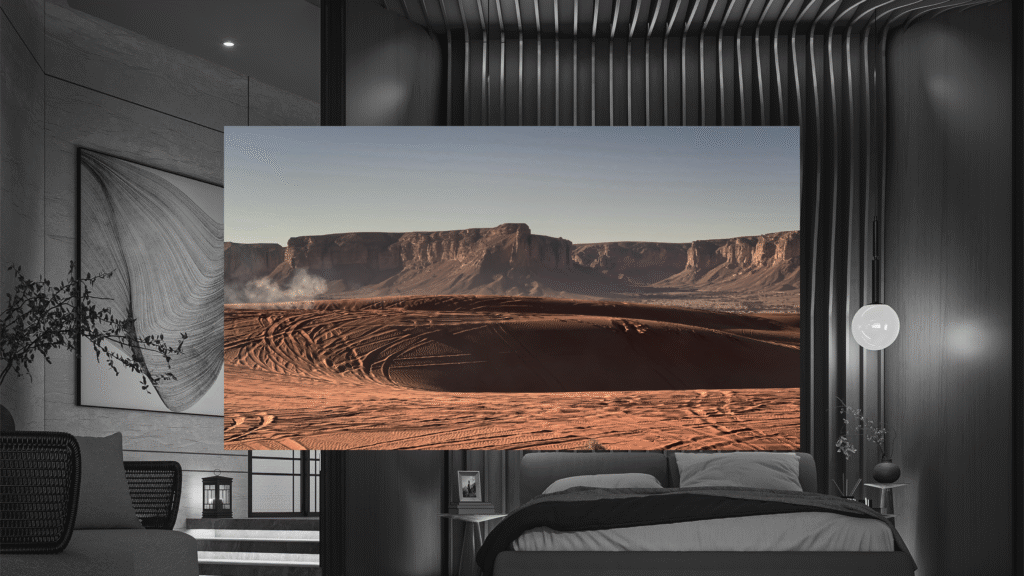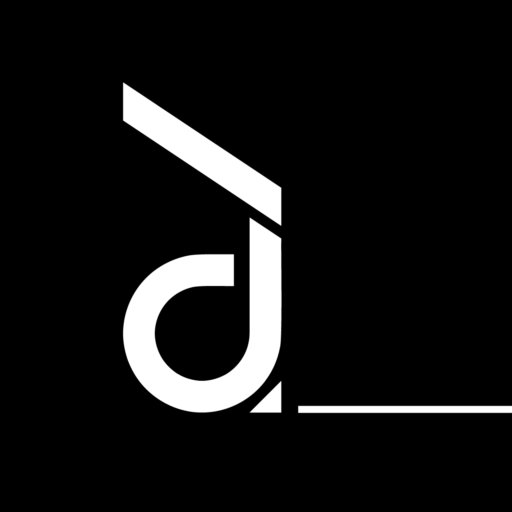
Taken on May 11, 2024 — a quick escape to the red sand dunes of Riyadh. A moment of stillness away from the daily hustle, where time slowed down and the desert whispered calm. This core memory now serves as inspiration for an interior centered on wellness, reflection, and serenity. (https://creative3darq.com/beneath-the-dunes/)
There was a time when every project started with an idea, a story, a purpose. Designs had depth. It wasn’t just about how things looked, but how they respond to people and real problems.
But in today’s digital age, where inspiration is just a scroll away, we are witnessing a quiet erosion of that depth.
Platforms like Pinterest and Behance used to be great for sharing ideas and inspiring creativity. Now, they’ve become echo chambers of aesthetics, where the algorithm favors beauty over meaning. And as a result, design often feels like it’s being shaped less by context or intention, and more by trends and templates. Everything might look different, but they all kind of feel the same.
Of course, there’s nothing wrong with beauty. But when form consistently outweighs function, and style overshadows narrative, we begin to lose what made design powerful in the first place: its ability to connect. Even the simplest concept, when rooted in meaning, can be impactful.
Technology has made it easier and faster to produce designs. With AI tools, plugins, and endless visual inspiration, anyone can make something that looks good in no time. But by moving so quickly, we often skip the slower, more thoughtful parts of the process—the parts that give a design real meaning and depth.
So where do we go from here?
Maybe it’s about time we slow down. To think deeper. Ask more questions before opening the software:
“What is this design responding to?”
“Who is it for?”
“What story is it telling?”
Because the best designs aren’t just the ones that look good—they’re the ones that carry a story worth sharing.

Leave a Reply